Life in the Dead Zone: Dogs Survive Where Humans Can't
On April 26, 1986, the explosion of reactor No. 4 at the Chernobyl Nuclear Power Plant in northern Ukraine (then part of the Soviet Union) released a huge amount of radiation into the environment, causing the most serious nuclear disaster in human history.
Nearly four decades later, what was once a bustling residential area is now a no-go zone, at least for humans. But nature has its own way of recovering.
Stray dogs play inside an abandoned cooling tower at the Chernobyl power plant (Photo: Scientific American).
One of the most vivid examples is the appearance of thousands of Chernobyl stray dogs, mostly descendants of pets left behind after the 1986 evacuation.
Living in an environment of prolonged radiation, these animals are attracting special attention from the scientific community. Does the radiation affect their genes? Are they undergoing rapid evolution to adapt to the harsh living conditions?
To find the answer, scientists from the University of South Carolina and the US National Human Genome Research Institute conducted an elaborate study, analyzing the DNA of 302 dogs living in the area surrounding the Chernobyl Power Plant, known as the Chernobyl Exclusion Zone (CEZ).
They compared the data with dogs living about 10 miles away, in the city of Chernobyl. The initial results were published in the journal Science Advances in 2023.
Surprisingly, dogs living near the plant had significantly different genetic makeup than those living farther away. While it is not yet clear that radiation was the cause, the findings lay the groundwork for further research into the effects of environmental radiation on large mammals like dogs.
The mystery of evolution remains unsolved
There is much debate among scientists about the factors that helped wild dogs survive for 4 decades after the Chernobyl nuclear disaster (Photo: Popular Science).
“We wondered whether these dogs had undergone beneficial genetic mutations that helped them survive and reproduce successfully in a radioactive environment,” study co-author Dr. Elaine Ostrander told the New York Times. “And if so, how did they adapt?”
The idea that radiation may have accelerated dog evolution is not new. In agriculture , scientists have irradiated seeds to create crops with beneficial mutations, such as drought or heat tolerance.
In the Chernobyl Exclusion Zone itself, biologists have noted unusual changes in other species such as the oriental tree frog (Hyla orientalis). This frog is normally green, but in the contaminated area it turns black, due to a mutation in melanin that helps neutralize some of the radiation effects.
However, not all researchers agree with the “radioactive evolution” hypothesis. A study published later in the journal PLOS One (2025) found no clear signs of radiation causing genetic mutations in Chernobyl dogs.
Dogs have a genetic structure quite close to humans, so studying them can provide insights into human health (Photo: Getty).
A team from North Carolina State University and Columbia University's Mailman School of Public Health examined the DNA at the chromosomal, genomic, and nucleotide levels of the dogs here, and compared it with dog populations from Russia, Poland, and neighboring countries.
The results showed no clear evidence of radiation-induced mutations, and the genetic differences may have originated from other factors such as inbreeding, due to the population living in isolation for many generations.
“If radiation had caused mutations that were beneficial to survival, then traces of them would still be found more than 30 generations later,” said Matthew Breen, lead author of the study. “But we didn’t see any such abnormalities.”
In other words, the Chernobyl dogs have a genetic code that is not much different from their counterparts elsewhere. So, the question is, what has helped them survive for the past four decades in a place that seemed destined for death?
Huge potential for genetic research
Although there is no final conclusion about the link between radiation and genetic mutations in Chernobyl dogs, scientists say the area remains a unique "natural laboratory" for studying evolution.
Comparing DNA between dogs in the CEZ and those living in non-irradiated areas provides a valuable database for further monitoring the long-term effects of radiation on mammals.
In particular, because dogs have a genome structure quite close to humans, studying their genetic changes in extreme environmental conditions like Chernobyl could provide insights into human health, genetic adaptations, and biological mechanisms of response to radiation.
Source: https://dantri.com.vn/khoa-hoc/cho-hoang-tien-hoa-o-chernobyl-vi-sao-van-song-sot-noi-vung-dat-chet-20250711061219804.htm


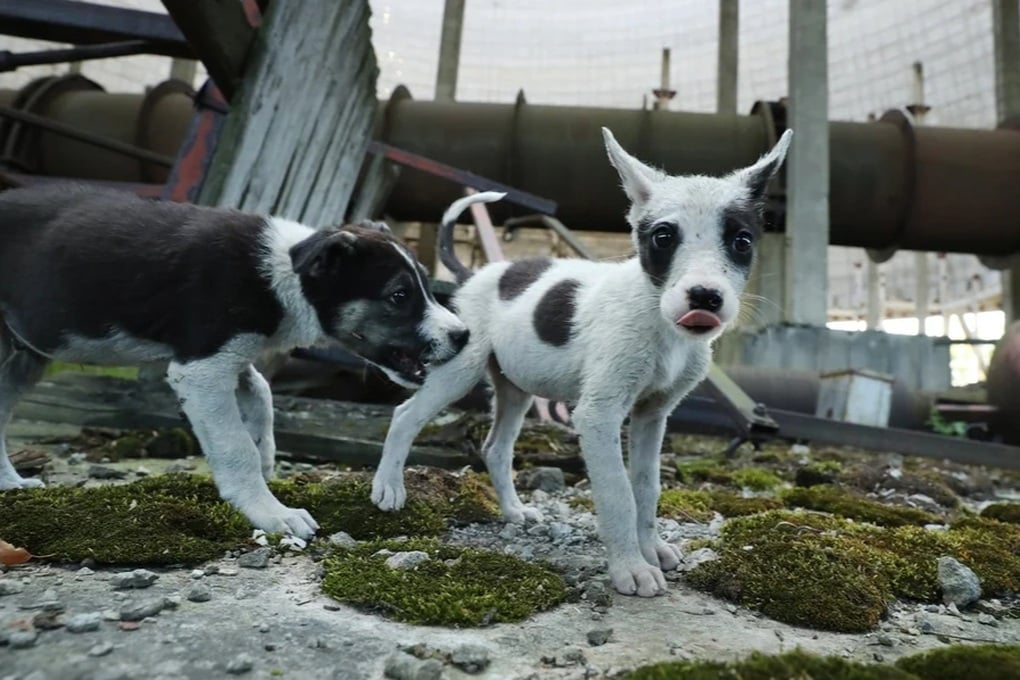
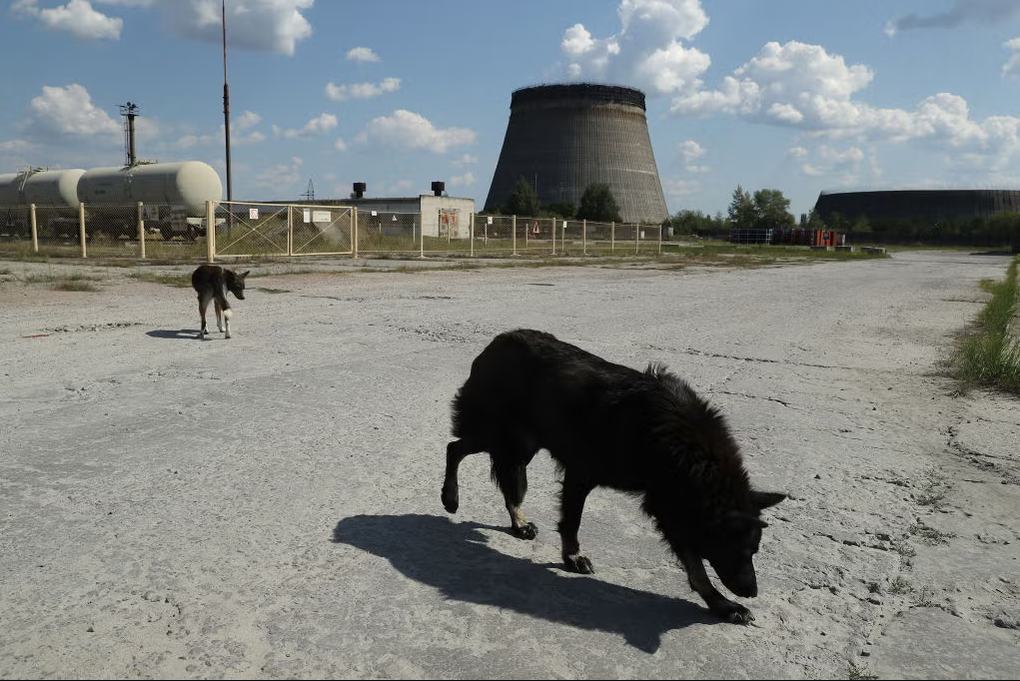
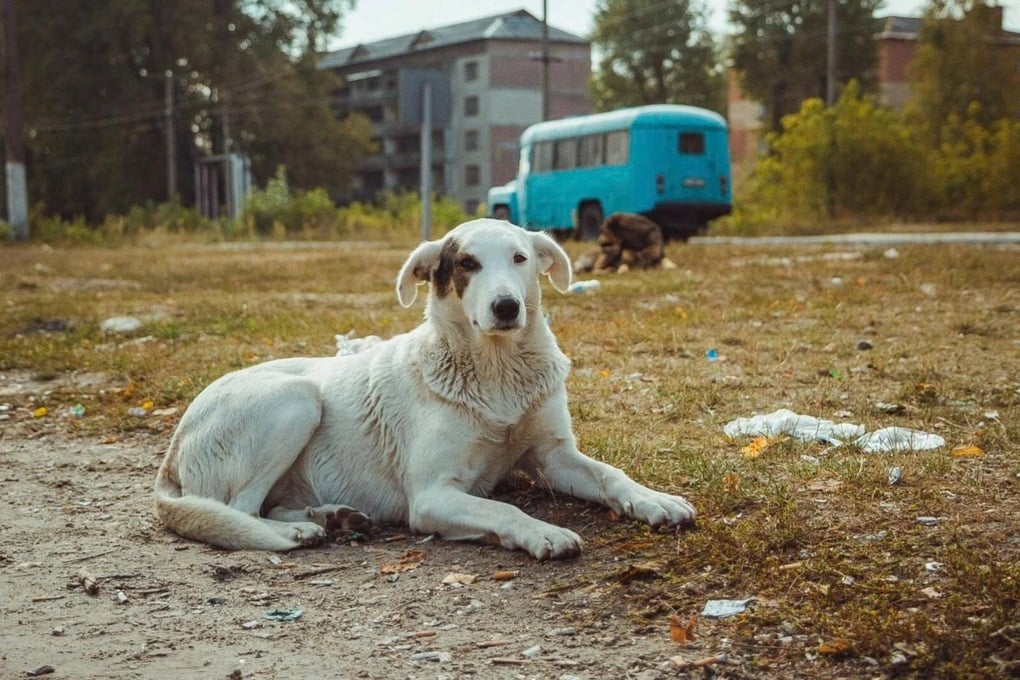
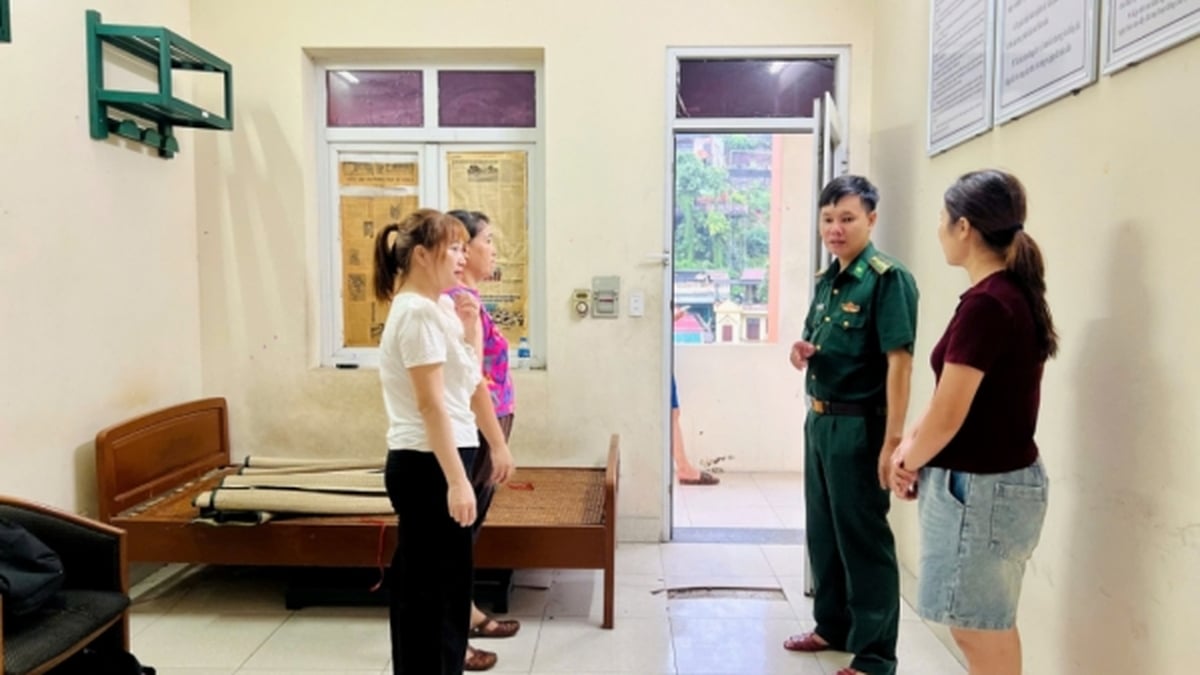


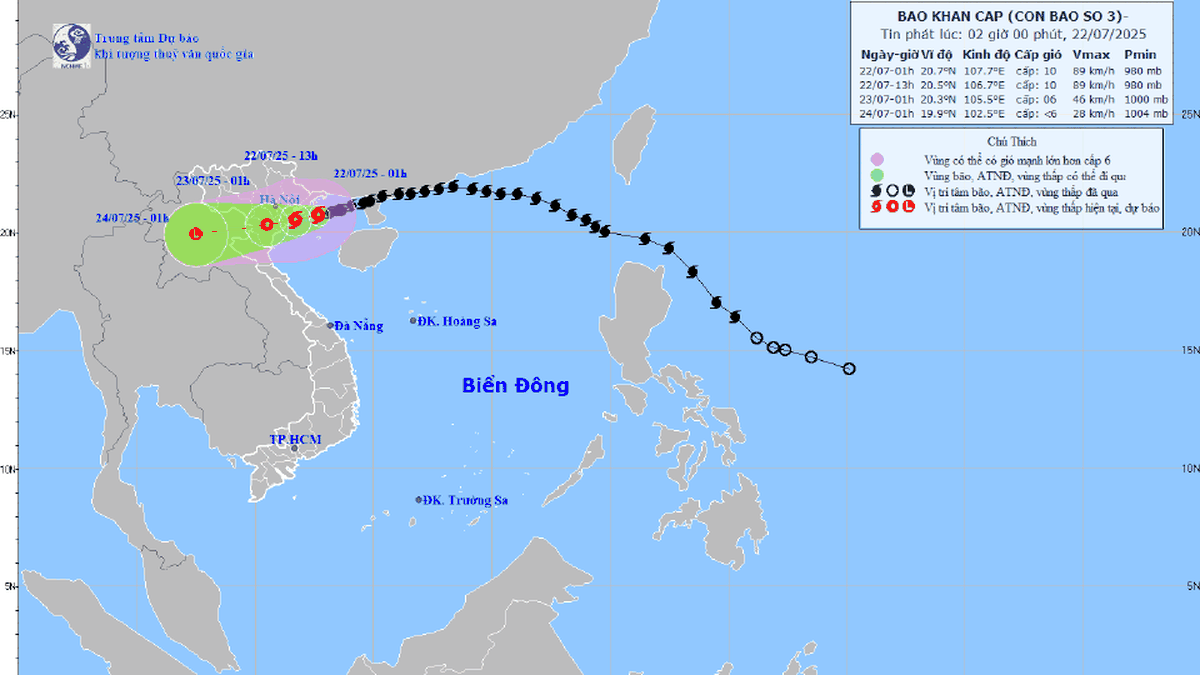
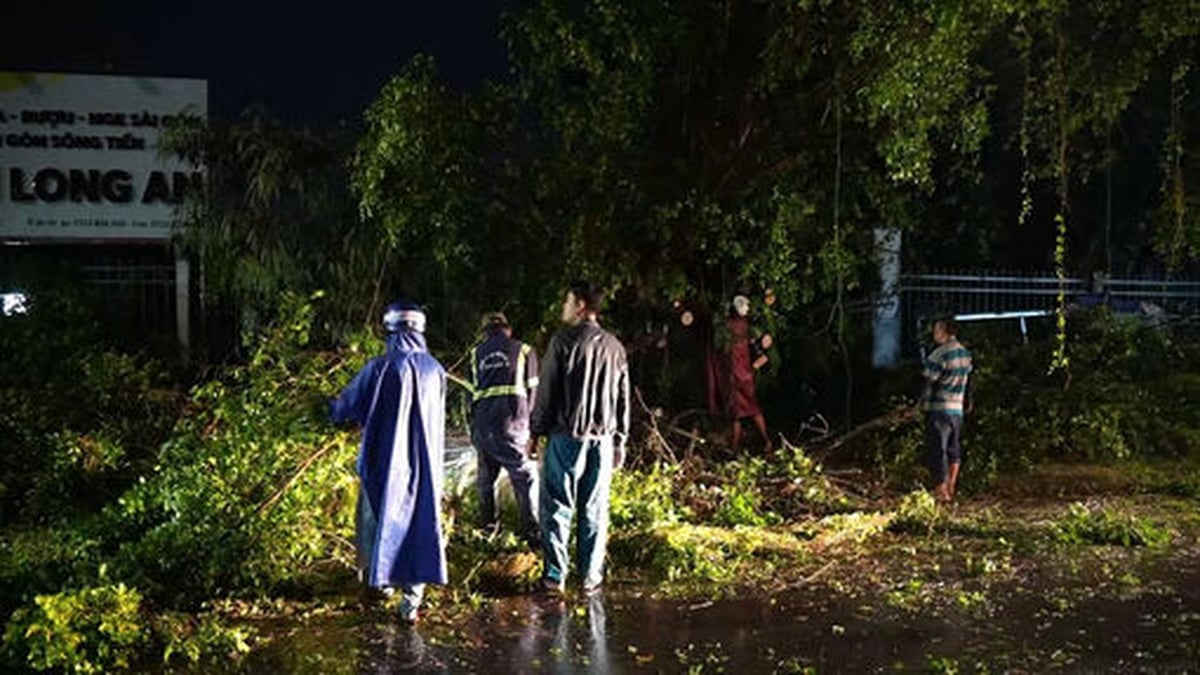


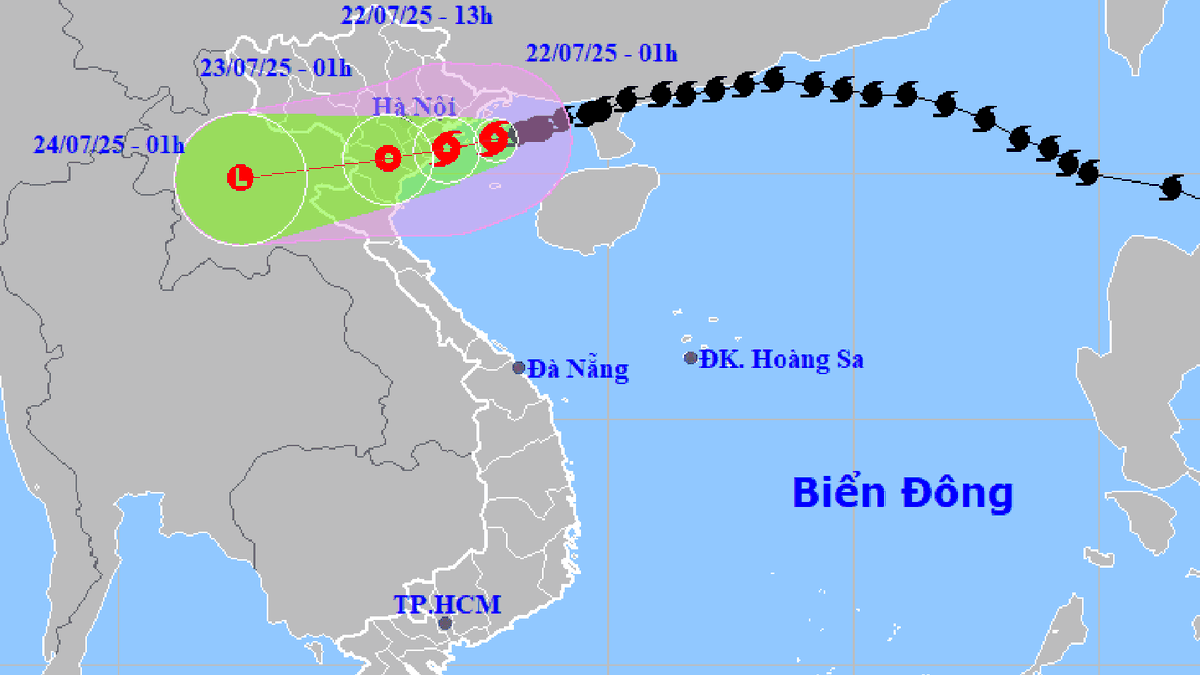
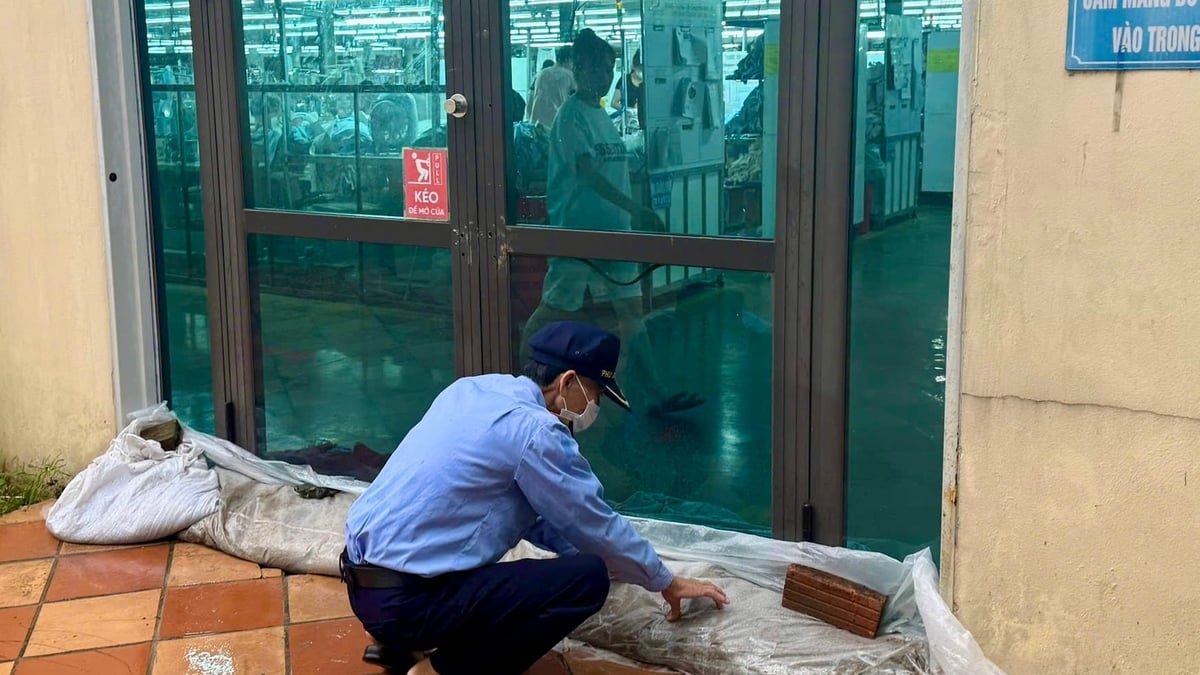




















![[Photo] National Assembly Chairman Tran Thanh Man visits Vietnamese Heroic Mother Ta Thi Tran](https://vphoto.vietnam.vn/thumb/1200x675/vietnam/resource/IMAGE/2025/7/20/765c0bd057dd44ad83ab89fe0255b783)





































































Comment (0)